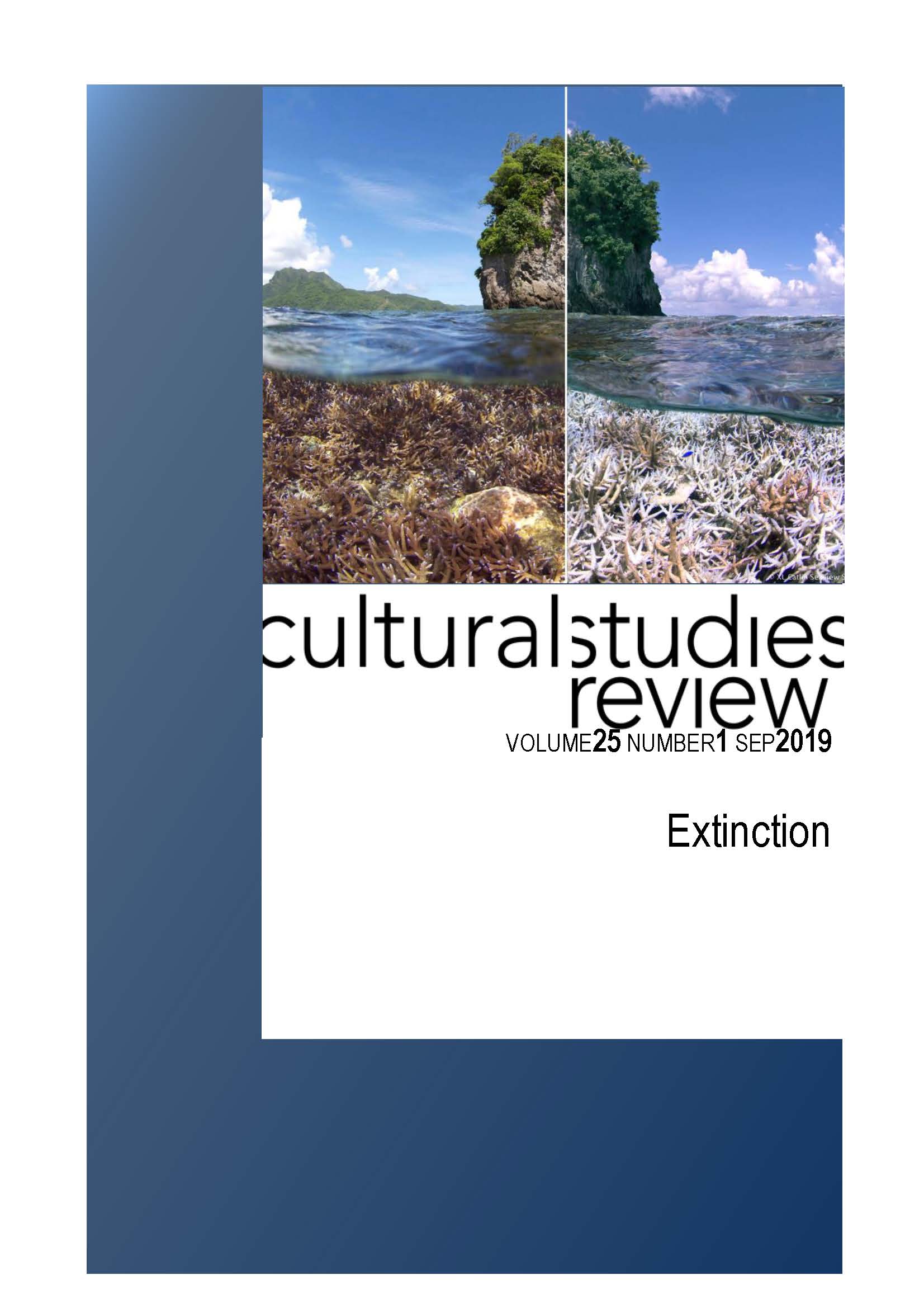A Multispecies Collective Planting Trees: Tending to Life and Making Meaning Outside of the Conservation Heroic Meaningful work outside of the conservation heroic
Main Article Content
Abstract
To what extent do our narratives support the work of ecological care? While working in anti-extinction conservation requires paying careful attention to the realities of precarity and ambiguity, this is not necessarily reflected in our public narratives of such work. Instead, as is typified in Jean Giono’s 1953 short story ‘The man who planted trees’, many conservation narratives are pitched in heroic modes, framing conservation labour as working to secure an obvious ‘good’ in perpetuity. In this paper, I think with practicing Buddhist and volunteer tree planter, Errol Greaves, and his work organising and working with dedicated humans helping to regenerate native forest on Te Ahumairangi Hill at the edge of Wellington City. Aiming to create a flourishing native habitat to support the endangered kākā (Nestor meridionalis), Errol’s work is largely in line with mainstream anti-extinction conservation goals in Aoteaora/New Zealand. However, his labour is framed by distinctly non-heroic narratives emphasising cooperation, ambiguity and precarity—emphases more closely related to the comedic, a mode of narration which Joseph Meeker identifies as better allowing for both ecological accommodation and responsiveness. In this paper, I consider the resources offered by various relational ontologies and non-heroic narratives for both responding well to ecological realities and sustaining work for a flourishing world, particularly in our current times of radically apparent precarity.
Article Details
Section
Authors who publish with this journal agree to the following terms:
a) Authors retain copyright and grant the journal right of first publication with the work simultaneously licensed undera Creative Commons Attribution License that allows others to share and adapt the work with an acknowledgement of the work's authorship and initial publication in this journal.
b) Authors are able to enter into separate, additional contractual arrangements for the non-exclusive distribution of the journal's published version of the work (e.g., post it to an institutional repository or publish it in a book), with an acknowledgement of its initial publication in this journal.
c) Authors are permitted and encouraged to post their work online (e.g., in institutional repositories or on their website) prior to and during the submission process, as it can lead to productive exchanges, as well as earlier and greater citation of published work (See The Open Access Citation Advantage Service). Where authors include such a work in an institutional repository or on their website (ie. a copy of a work which has been published in a UTS ePRESS journal, or a pre-print or post-print version of that work), we request that they include a statement that acknowledges the UTS ePRESS publication including the name of the journal, the volume number and a web-link to the journal item.
d) Authors should be aware that the Creative Commons Attribution (CC-BY) License permits readers to share (copy and redistribute the work in any medium or format) and adapt (remix, transform, and build upon the work) for any purpose, even commercially, provided they also give appropriate credit to the work, provide a link to the license, and indicate if changes were made. They may do these things in any reasonable manner, but not in any way that suggests you or your publisher endorses their use.
